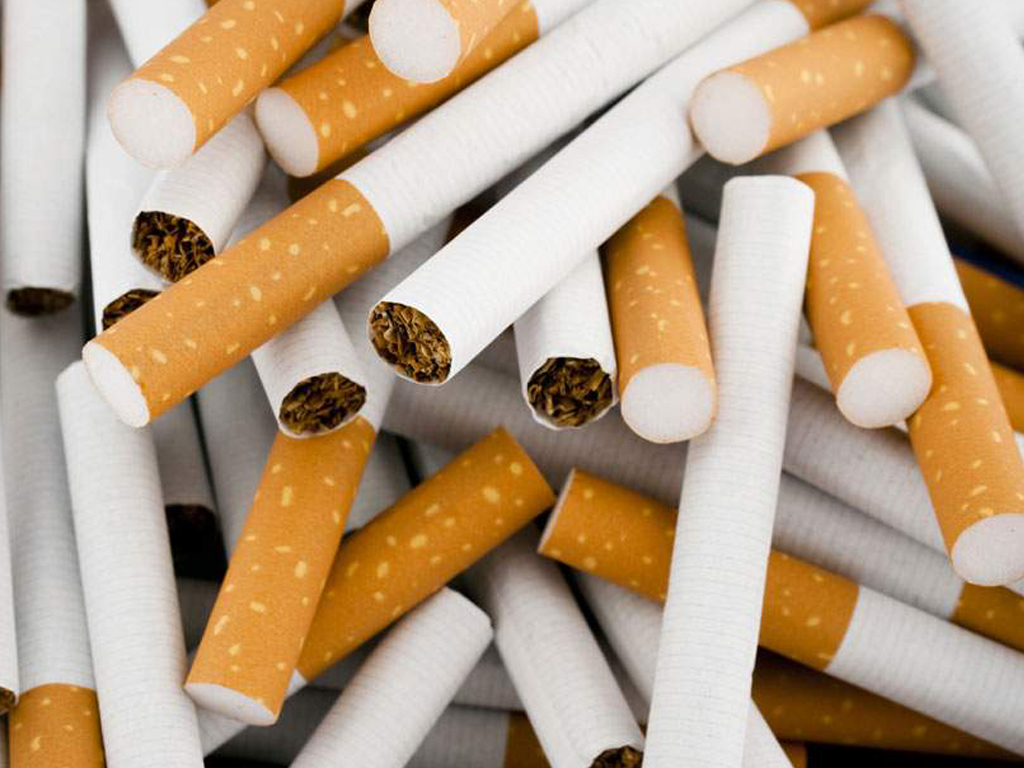 Going into 2020, it appears that the local tobacco industry is again caught in the mire. The year 2019 was a year of setbacks for the industry, if recent numbers are any guide. It all started through the FY20 federal budget announcement in June when the federal government abolished the much-maligned three-tier FED regime and replaced it with the original two-tier system.
Going into 2020, it appears that the local tobacco industry is again caught in the mire. The year 2019 was a year of setbacks for the industry, if recent numbers are any guide. It all started through the FY20 federal budget announcement in June when the federal government abolished the much-maligned three-tier FED regime and replaced it with the original two-tier system.
Recall that the three-tier system, which was introduced in mid-2017, had a visible impact in recovering tobacco topline and government taxes in 2018. (Read: “Did tobaccos deliver on taxes?” published March 25, 2019). But health activists argued, correctly, that the effect of having a bottom tier on the lower side of pricing had made cigarettes cheaper, inducing more consumption and hurting tobacco control measures.
That FED regime helped formal tobacco companies become competitive in the face of allegedly rising market share of locally-manufactured duty-non-paid (DNP) cigarette brands. The current government, however, reverted to the two-tier FED in June 2019. But the industry managed to fight off the almost-agreed-upon measure of Rs10 ‘sin tax’ per cigarette pack. That levy alone could have netted the treasury estimated Rs30 billion per annum. (Read: “Sin tax has fiscal virtues,” published December 12, 2018).

 Now it appears that the two-tier system has induced a familiar fever in formal industry. Production volumes have gone down drastically in 2019 (see the illustration), a repeat of the situation some three years ago when volumes suddenly fell, and along with it corporate revenues and taxes as well. There is a simple way to see how the two-tier FED is affecting formal industry, over 90 percent of which is dominated by Pakistan Tobacco Company (PSX: PAKT) and Philip Morris Pakistan (PSX: PMPK).
Now it appears that the two-tier system has induced a familiar fever in formal industry. Production volumes have gone down drastically in 2019 (see the illustration), a repeat of the situation some three years ago when volumes suddenly fell, and along with it corporate revenues and taxes as well. There is a simple way to see how the two-tier FED is affecting formal industry, over 90 percent of which is dominated by Pakistan Tobacco Company (PSX: PAKT) and Philip Morris Pakistan (PSX: PMPK).
The FED rate – which is the amount of FED collected in terms of gross turnover – is on the rise under the two-tier system, a preferred outcome to curb tobacco consumption in the country. Looking at the first round of financial results after the FY20 budget announcement, for the Jul-Sep quarter the FED rate for PAKT had jumped to 51 percent, compared to 46 percent in same period last year. For PMPK, the FED rate had grown to 51 percent, as opposed to 38 percent in the year-ago period.
Now the formal companies are witnessing double-digit declines in gross turnover because of the higher FED. The lower gross turnover means lower collection of FED, sales tax and corporate income tax. So the government has to pay attention to what is going on. So here is the duopoly again making the case that they are suffering business contraction because the share of illicit smokes, which includes mostly the DNP brands, in the market has gone as high as 34 percent.
While health activists contest the industry’s characterization of the scale of illicit smokes in Pakistan, now the origins of this menace is also being brought into question. (For more on that, read: “Tobaccos and tax loss,” published December 19, 2019). Be that as it may, the next round of financial results may cause an urgency to address this problem, which, regardless of its scale, is rooted in lack of sustained enforcement to curb malpractices in sectors black, grey or white. Otherwise, everyone should wait for next budget.
























Comments
Comments are closed.